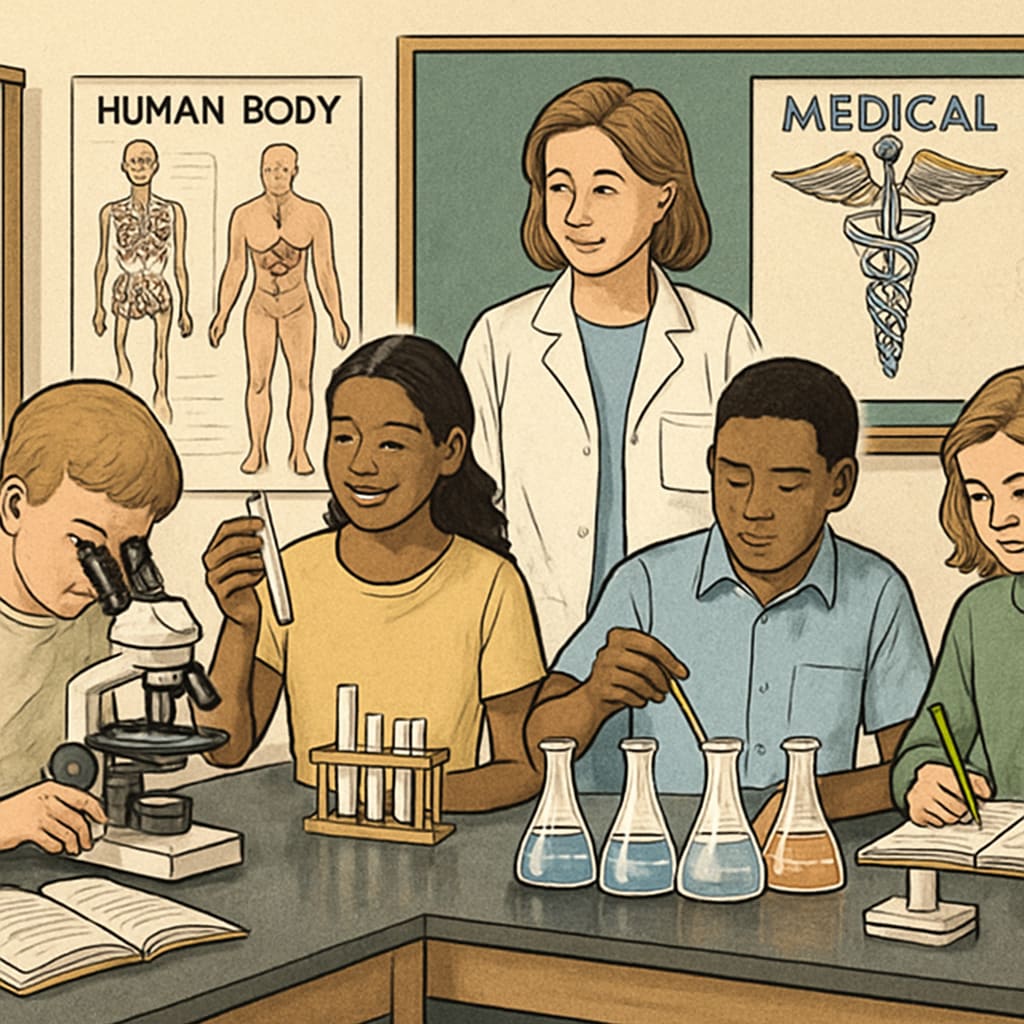For K12 students with medical dreams, the road ahead is often fraught with obstacles. From the pressures of an education system that prioritizes grades over passion to the weight of family expectations, these young aspirants face an uphill battle. The journey to becoming a doctor demands not only academic excellence but also emotional resilience. This article delves into the dual challenges of educational difficulties and family pressures, offering actionable strategies to help students thrive while pursuing their medical aspirations.
Educational Barriers: Navigating a Challenging System
The education system can be a double-edged sword for students aspiring to enter the medical field. On the one hand, it provides the essential knowledge base and competitive atmosphere necessary for success. On the other, it often emphasizes rote learning and standardized testing, which can stifle creativity and critical thinking.
For example, students are frequently overwhelmed by the sheer volume of science and math coursework required to qualify for medical school. Many struggle to balance extracurricular activities, such as volunteering in healthcare settings, with the demands of their academic schedules. According to a report by Britannica, this imbalance can lead to burnout, diminishing both academic performance and personal well-being.

Family Pressure: The Weight of Expectations
Family expectations often add another layer of complexity to the lives of medical aspirants. Parents who view medicine as a prestigious or financially stable career may unintentionally place undue pressure on their children. This can lead to feelings of guilt or inadequacy if the student faces setbacks.
In addition, not all families have the resources to support their children’s ambitions fully. For instance, preparatory courses, private tutors, and application fees for medical programs can be prohibitively expensive. As a result, some students may feel torn between their dreams and their family’s financial reality.
It’s crucial for families to foster open communication and provide emotional support. Rather than focusing solely on outcomes, parents should encourage their children to embrace the process of learning and growth.

Strategies for Success: Overcoming the Challenges
Despite the hurdles, students can take proactive steps to navigate the challenges they face. Here are some strategies for balancing academic demands and personal well-being:
- Time Management: Use planners or apps to organize study sessions, extracurriculars, and relaxation time effectively.
- Seek Support: Join study groups, connect with mentors, or access school counselors for guidance and encouragement.
- Focus on Self-Care: Prioritize mental and physical health by engaging in regular exercise, eating well, and taking breaks.
- Communicate with Family: Share your goals and concerns openly with family members to foster mutual understanding.
- Explore Financial Aid: Research scholarships, grants, and other funding opportunities to ease financial burdens.
Additionally, educators and policymakers can play a significant role in reducing barriers. Schools should emphasize holistic learning approaches, integrating critical thinking and problem-solving skills into the curriculum. Meanwhile, governments can provide financial support and resources to underprivileged students pursuing careers in medicine.
Conclusion: Bridging the Gap Between Dreams and Reality
Pursuing a medical career is undeniably challenging, but it is also deeply rewarding. By addressing the dual obstacles of educational difficulties and family pressures, students can find ways to turn their medical aspirations into reality. With the right support system and strategies in place, the tug-of-war between dreams and reality becomes less daunting, empowering young aspirants to achieve their goals.
As Albert Einstein once said, “In the middle of every difficulty lies opportunity.” For students with medical aspirations, these opportunities lie in resilience, adaptability, and unwavering commitment to their dreams.


